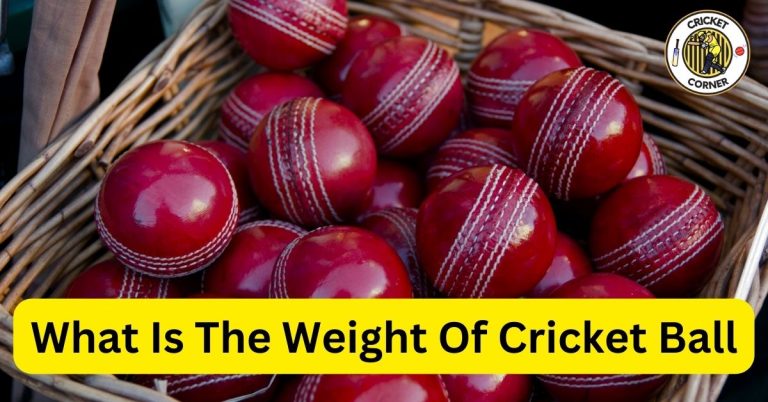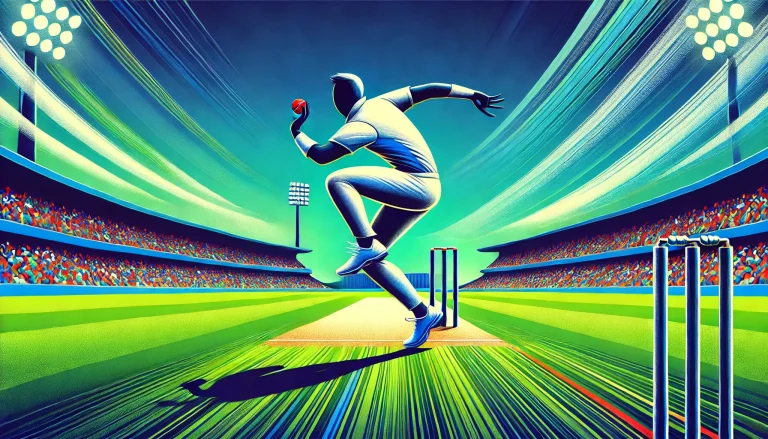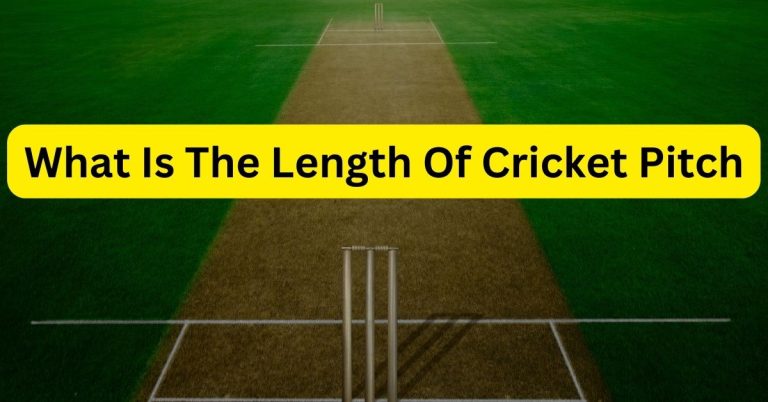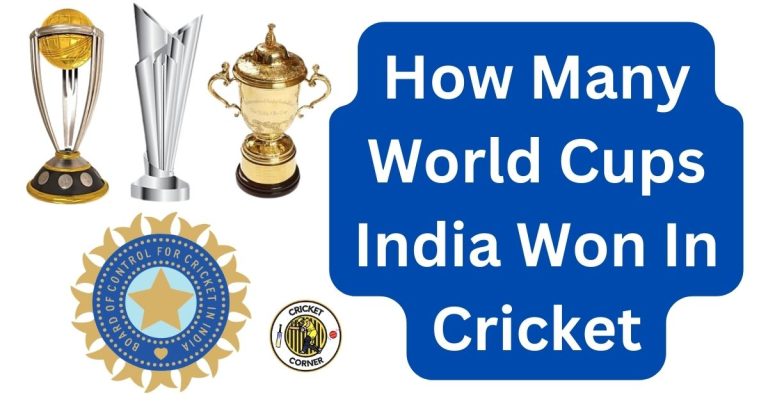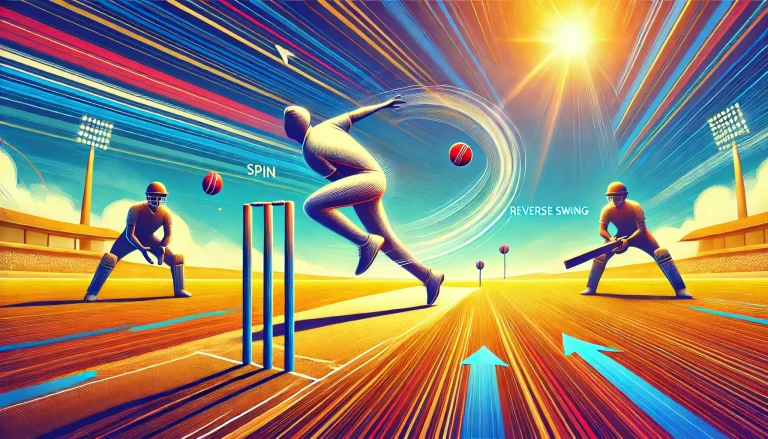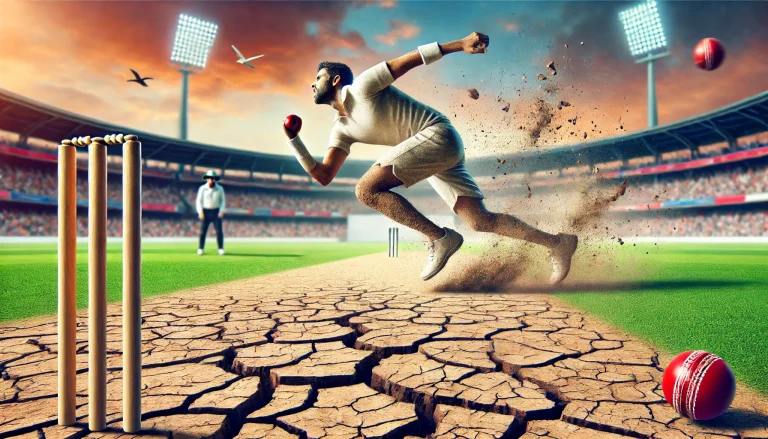Best Exercises to Improve Bowling Speed in Cricket: Unlock Lightning Pace and Precision
Fast bowling is an art powered by science, fitness, and technique. Did you know that the fastest recorded cricket delivery was bowled at a blistering 161.3 km/h (100.2 mph) by Shoaib Akhtar? While that’s extraordinary, improving your bowling speed is achievable with the right exercises.
Below, you’ll discover the best exercises to improve bowling speed in cricket, covering everything from explosive power drills to core stability workouts. Whether you’re aiming to outpace batsmen or dominate club cricket, this article will help you unlock the speed and precision needed to transform your game.
Transform Your Bowling Speed: Essential Exercises for Cricket Fast Bowlers
Are you ready to unleash your full potential as a fast bowler? Below, we break down the most effective exercises that will help you generate an explosive pace and maintain consistency in your bowling.
Whether you’re a beginner or an experienced player, these proven training techniques will help you build the strength, power, and flexibility needed for fast bowling.
1. Building Your Foundation with Strength Training
Strength is the cornerstone of fast bowling. These fundamental exercises will develop the raw power you need:
Deadlifts: Your Power Generator
- Primary benefit: Develops explosive hip drive and overall body strength
- Proper form is crucial:
- Stand with feet hip-width apart
- Keep your back straight throughout the movement
- Drive through your heels
- Focus on controlled movements
Training tip: Start with 3 sets of 8-10 repetitions at 70% of your maximum capacity
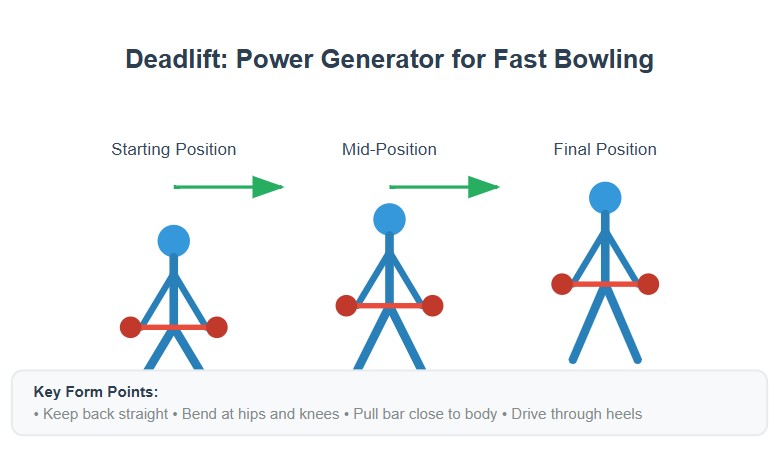
Squats: The Speed Foundation
- Target areas: Quadriceps, hamstrings, and glutes
- Why it matters: Creates the powerful base needed for generating bowling speed
- Key technique points:
- Maintain proper depth (thighs parallel to ground)
- Keep your chest up
- Drive explosively upward
Pro tip: Include both back squats and front squats in your routine

2. Explosive Power Training: Your Speed Catalyst
Transform raw strength into bowling speed with these dynamic exercises:
Box Jumps
- Purpose: Develops fast-twitch muscle fibers
- Execution:
- Start in athletic stance
- Explode upward onto the box
- Step down carefully
Safety note: Always prioritize proper landing technique over box height
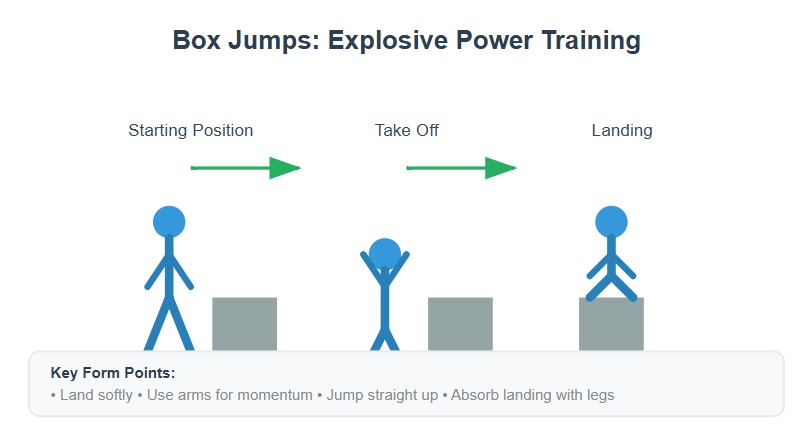
Medicine Ball Rotational Throws
- Benefits: Mimics bowling action while building power
- Technique focus:
- Stand sideways
- Rotate explosively
- Release at shoulder height
Key point: This exercise directly translates to faster bowling action
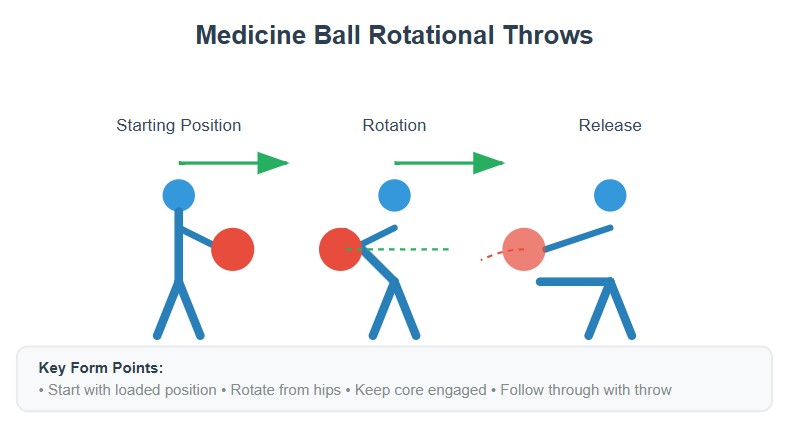
3. Core Strengthening: Your Stability Center
A strong core is essential for transferring power from your lower body to your bowling arm:
Planks and Side Planks
- Duration: Build up to 60-second holds
- Progression:
- Standard plank
- Side plank
- Dynamic plank variations
Form check: Maintain a straight line from head to heels
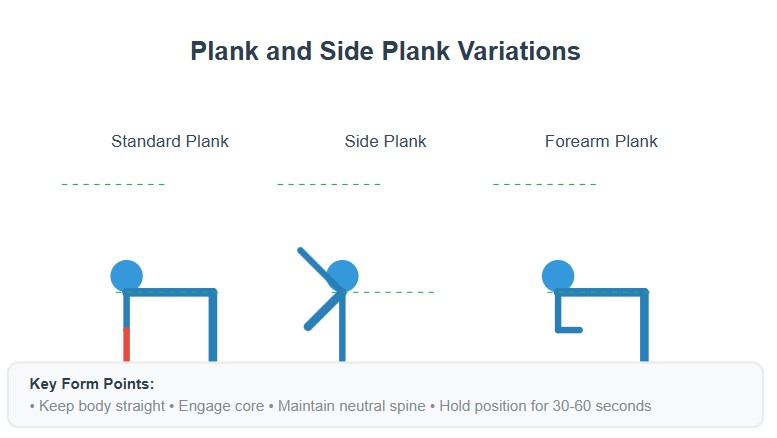
Russian Twists
- Sets and reps: 3 sets of 15-20 rotations
- Technique essentials:
- Elevated feet for increased difficulty
- Controlled rotation
- Full range of motion
Enhancement: Add weight as you progress
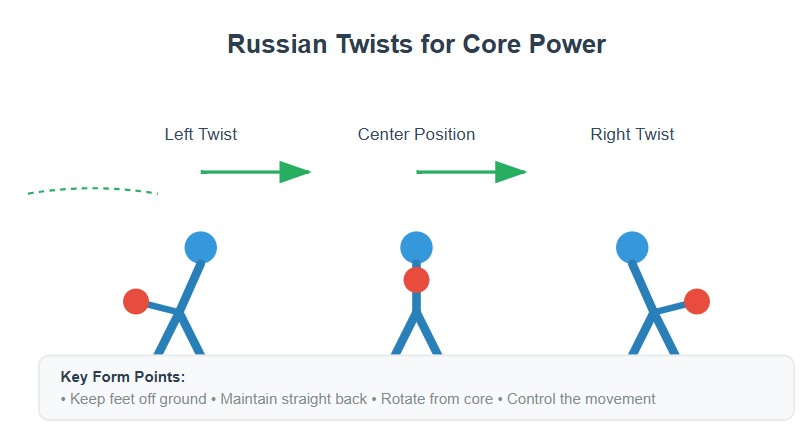
4. Shoulder and Arm Conditioning
Protect and strengthen your bowling arm with these targeted exercises:
Resistance Band Work
- Key exercises:
- External rotations
- Internal rotations
- Shoulder dislocations
Frequency: Perform these exercises before every bowling session
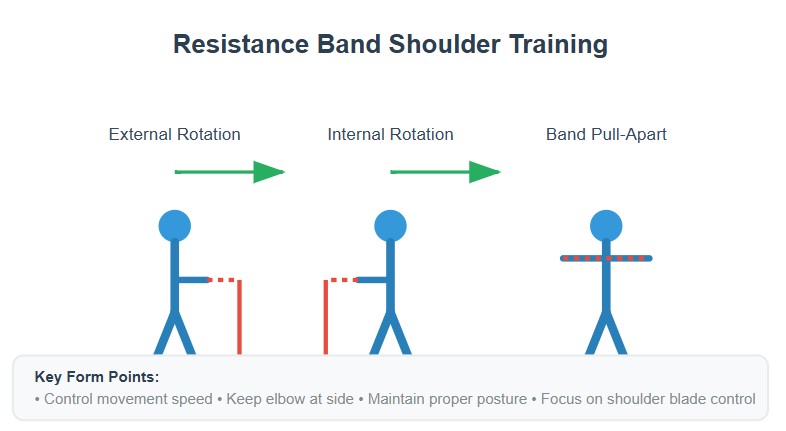
Overhead Press
- Benefits: Builds shoulder stability and strength
- Form focus:
- Full range of motion
- Controlled descent
- Proper breathing
Warning: Never sacrifice form for weight
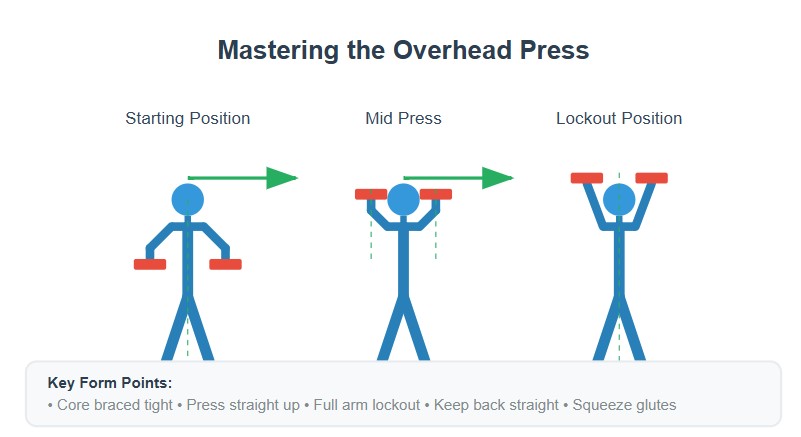
5. Flexibility and Mobility: Your Performance Enhancer
Maintain your bowling longevity with these essential mobility exercises:
Dynamic Stretching Routine
- Pre-bowling sequence:
- Arm circles (both directions)
- Walking lunges with rotation
- Leg swings
Duration: 10-15 minutes before bowling
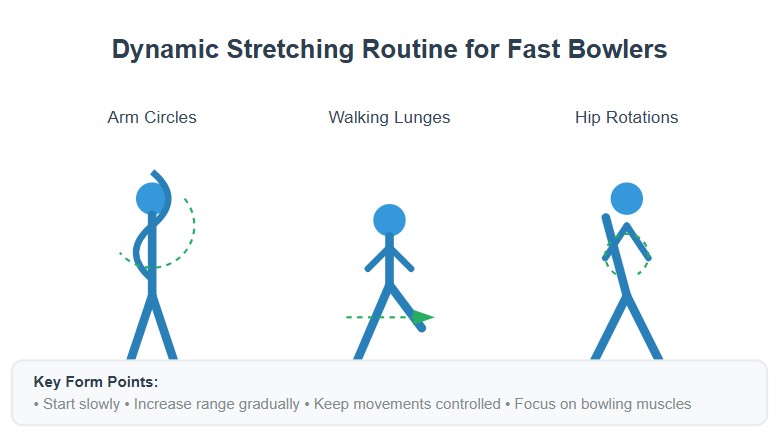
Cricket-Specific Yoga Poses
- Essential poses:
- Downward Dog
- Warrior poses
- Thread the Needle
Benefits: Improves flexibility and reduces injury risk
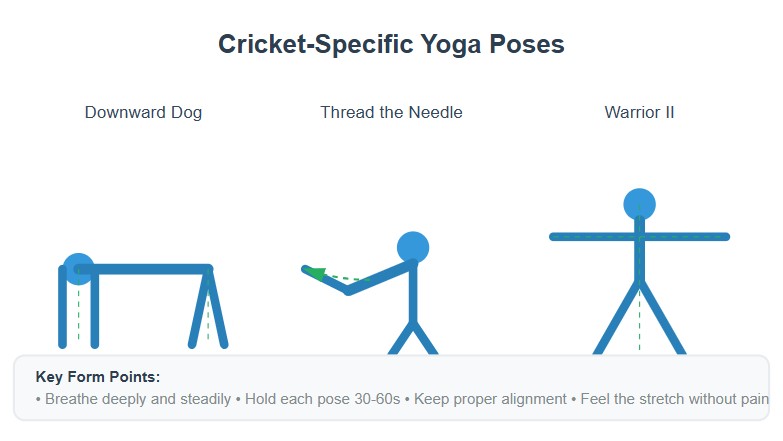
Training Tips for Maximum Results
- Progressive Overload: Gradually increase intensity over time
- Recovery is Key: Allow 48 hours between intense strength sessions
- Form First: Master proper technique before increasing weights
- Track Progress: Keep a training log to monitor improvements
- Listen to Your Body: Adjust training based on fatigue levels
Safety Considerations
- Always warm up properly before starting any exercise
- Maintain proper form throughout each movement
- Start with lighter weights to perfect the technique
- Stay hydrated during training sessions
- Seek professional guidance if unsure about any exercise
Consistency in training is more important than occasional intense sessions. Build your routine gradually and stay committed to your development as a fast bowler.
Master Your Bowling Action: Technical Secrets to Unlock Express Pace
Are you struggling to break through your speed plateau? The key to unleashing devastating pace lies in perfecting your bowling technique. Let’s dive into the technical elements that can transform you into a fearsome fast bowler.
Optimizing Your Bowling Action for Maximum Speed
The Run-Up: Building Your Momentum
- Perfect Length: Your run-up should be long enough to build momentum but not so long that you lose control
- Acceleration Pattern:
- Start with controlled strides
- Gradually build speed
- Hit peak velocity at the bowling crease
- Maintain rhythm throughout
Pro Tip: Mark your run-up starting point and practice it until it becomes muscle memory
Loading Phase Mechanics
The loading phase is your power generation station. Here’s how to maximize it:
- Hip Position:
- Keep hips square to the target initially
- Rotate back during the loading phase
- Drive forward explosively during delivery
- Back Foot Landing:
- Land on a slightly bent knee
- Position foot parallel to bowling crease
- Use the ground force for upward momentum
Upper Body Dynamics
Your upper body is the speed multiplier. Perfect these elements:
- Bowling Arm Path:
- Keep it straight during the backswing
- Maintain high elbow position
- Generate whip-like action through release
- Non-Bowling Arm:
- Pull down aggressively
- Keep it close to your body
- Time the pull with your bowling arm’s rotation
Mastering Alignment and Follow-Through
The Power Line
Creating a strong power line is crucial for both speed and accuracy:
- Head Position:
- Keep your head steady
- Eyes level with target
- Maintain forward focus
- Shoulder Alignment:
- Start with shoulders loaded sideways
- Rotate explosively towards target
- Finish square to the batsman
Critical Release Points
The release point can make or break your speed:
- Wrist Position:
- Keep wrist cocked behind the ball
- Snap through release point
- Maintain firmness through delivery
- Point of Release:
- Release in front of front foot
- Extend fully through delivery
- Follow natural arm path
The Perfect Follow-Through
A proper follow-through ensures maximum energy transfer into the ball:
- Body Position:
- Continue rotation after release
- Allow natural momentum flow
- Land balanced on front foot
- Arm Action:
- Complete full arm rotation
- Cross body naturally
- Maintain control through finish
Common Technical Mistakes to Avoid
- Mixed Action Issues:
- Dropping bowling arm
- Crossing the power line
- Breaking wrist position
- Run-Up Problems:
- Inconsistent length
- Poor acceleration pattern
- Wrong foot placement
- Loading Phase Errors:
- Insufficient hip rotation
- Collapsed front leg
- Poor timing in the gather
Technical excellence is the foundation of express pace. Take time to master these elements, and the speed will follow naturally.
Track Your Bowling Speed: From Club Cricket to International Pace
Ever wondered how your bowling speed stacks up against the greats? Let’s dive into the science of speed measurement and discover where you stand in the fast bowling hierarchy.
How to Measure Bowling Speed: Tools for Accurate Tracking
Measuring your bowling speed is the first step in understanding your progress and identifying areas for improvement. Here are the most effective tools to measure bowling speed accurately:
- Speed Guns: Speed guns are the gold standard for measuring bowling speed. These handheld devices use radar technology to calculate the speed of the ball as it travels toward the batsman. Tips for use:
- Position the speed gun directly behind the bowler for accurate readings.
- Ensure no obstructions block the line of sight between the gun and the ball.
- Smartphone Apps: Many apps now use advanced algorithms to estimate bowling speed by analyzing video footage. Popular apps include:
- SpeedClock
- MyCricketCoach
- Cricket Speed Radar While not as precise as speed guns, these apps are convenient and budget-friendly for casual use.
- High-Speed Cameras: For those with access to professional setups, high-speed cameras can analyze your delivery frame-by-frame, providing speed and additional insights into your bowling mechanics.
Benchmarking Bowling Speed: How Do You Compare?
Once you start tracking your bowling speed, it’s essential to compare your performance to standard benchmarks. Here are the average speed metrics for different levels of cricket:
- Amateur Bowlers:
- Bowling speeds typically range between 100-120 km/h (62-75 mph).
- Focus on improving technique and strength to reach higher speeds.
- Club-Level Bowlers:
- Club bowlers often clock between 120-135 km/h (75-84 mph).
- At this stage, a combination of fitness, precision, and biomechanical adjustments can lead to noticeable improvements.
- Professional Bowlers:
- Elite bowlers consistently exceed 140 km/h (87 mph), with some crossing 150 km/h (93 mph).
- Speed is often achieved through a balance of power, perfect mechanics, and rigorous training.
Pro Tip: Keep a bowling speed journal to log your progress over time. Regularly revisiting these metrics will help you identify trends and refine your training strategies.
Frequently Asked Questions (FAQs)
At what age should I start training specifically for fast bowling?
Start focusing on bowling-specific training around 13-14 years old. Before this, concentrate on general fitness and basic cricket skills. Begin with proper technique rather than raw speed.
Can bowling speed be improved without gym access?
Yes! Bodyweight exercises, resistance bands, and cricket-specific drills can effectively build bowling strength. Focus on plyometrics, core work, and technique practice.
How long does it take to see noticeable speed improvements?
With consistent training, expect to see initial improvements within 8-12 weeks. However, significant speed gains typically require 6-12 months of dedicated practice.
Should fast bowlers avoid certain foods before bowling?
Avoid heavy meals 2-3 hours before bowling. Stay away from greasy foods and excessive caffeine. Light, carb-rich snacks are ideal for pre-bowling energy.
Is it normal for bowling speed to decrease during longer spells?
Yes, speed reduction of 5-10% during extended spells is normal. Building endurance through proper training helps maintain consistent speeds for longer periods.
Can bowling in wet conditions affect my speed?
Yes, wet conditions can reduce speed by 5-8%. Adjust your run-up and grip accordingly, and focus more on control than maximum pace in these conditions.
Does height affect potential bowling speed?
While height can be advantageous, it’s not crucial. Many successful fast bowlers are of average height. Proper technique and strength matter more than height.
Is it normal to experience lower back stiffness after bowling?
Mild stiffness is common, but persistent pain requires attention. Focus on proper warm-up and recovery to minimize discomfort.
Can changing bowling action improve speed?
Minor technical adjustments can help, but completely changing your natural action rarely leads to speed improvements and may increase injury risk.
Unlock Your Full Potential as a Fast Bowler
Improving your bowling speed requires dedication, the right exercises, and attention to technique. From strength training and explosive power drills to core stability and flexibility routines, each step brings you closer to unlocking your best performance on the field.
Remember, consistency and recovery are just as crucial as training. Apply these proven strategies to dominate as a fast bowler, whether in club cricket or professional matches.
Ready to dominate the pitch? Explore Cricket Corner for all the latest ICC event updates, in-depth coverage of bilateral series, and insights from T20 leagues worldwide. Stay informed, stay inspired, and keep improving!

